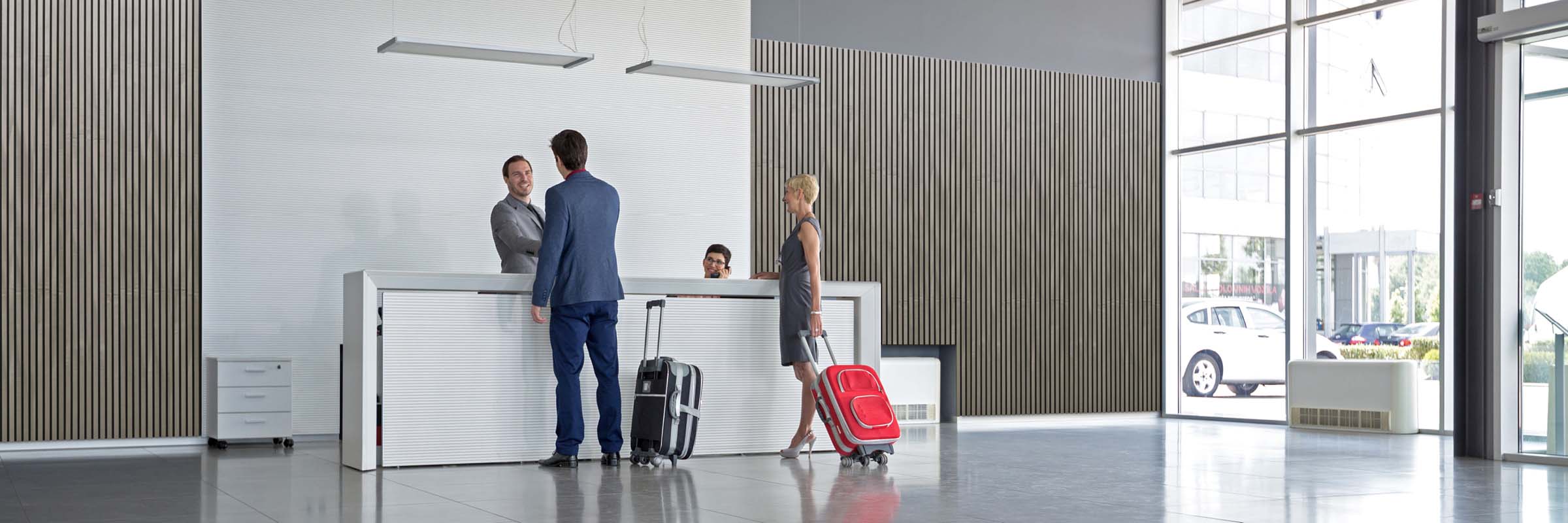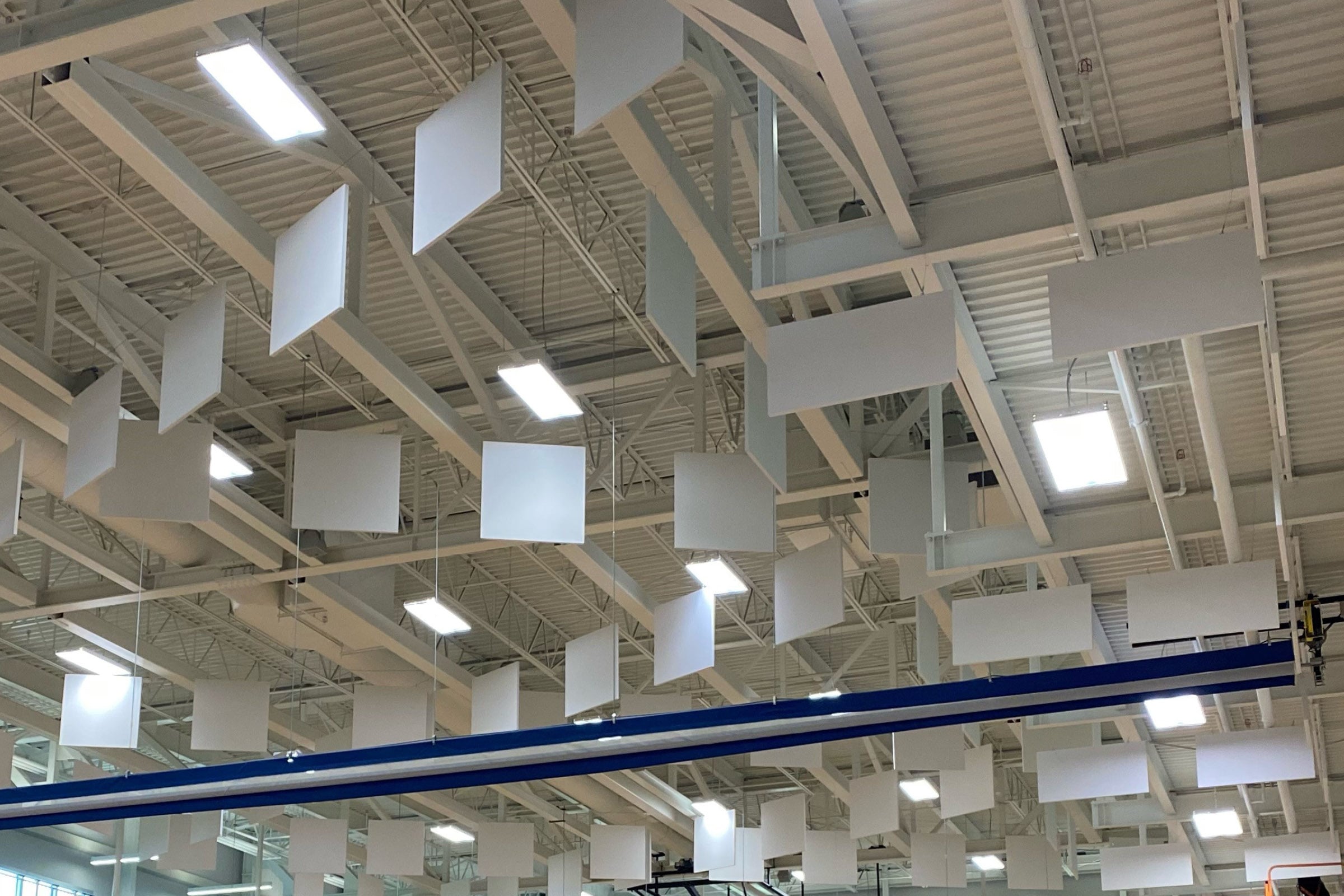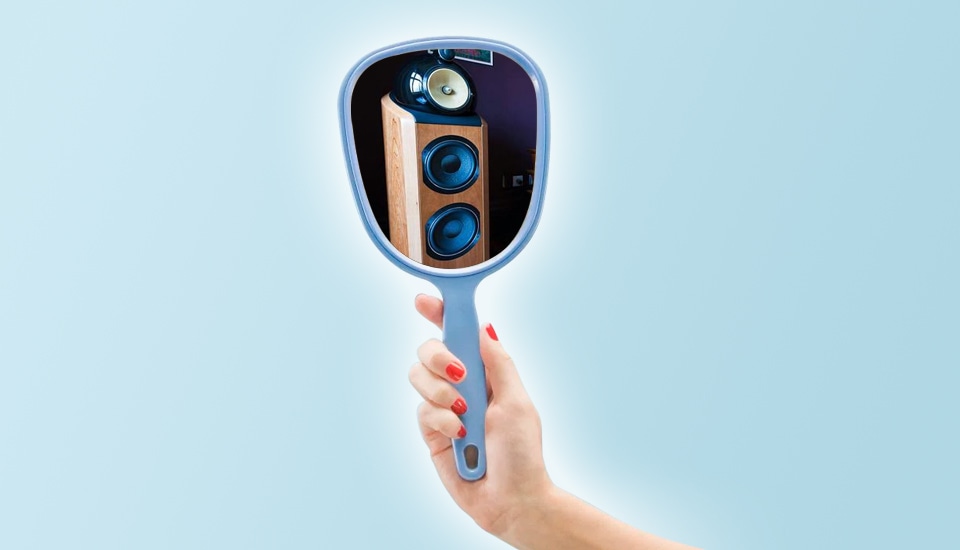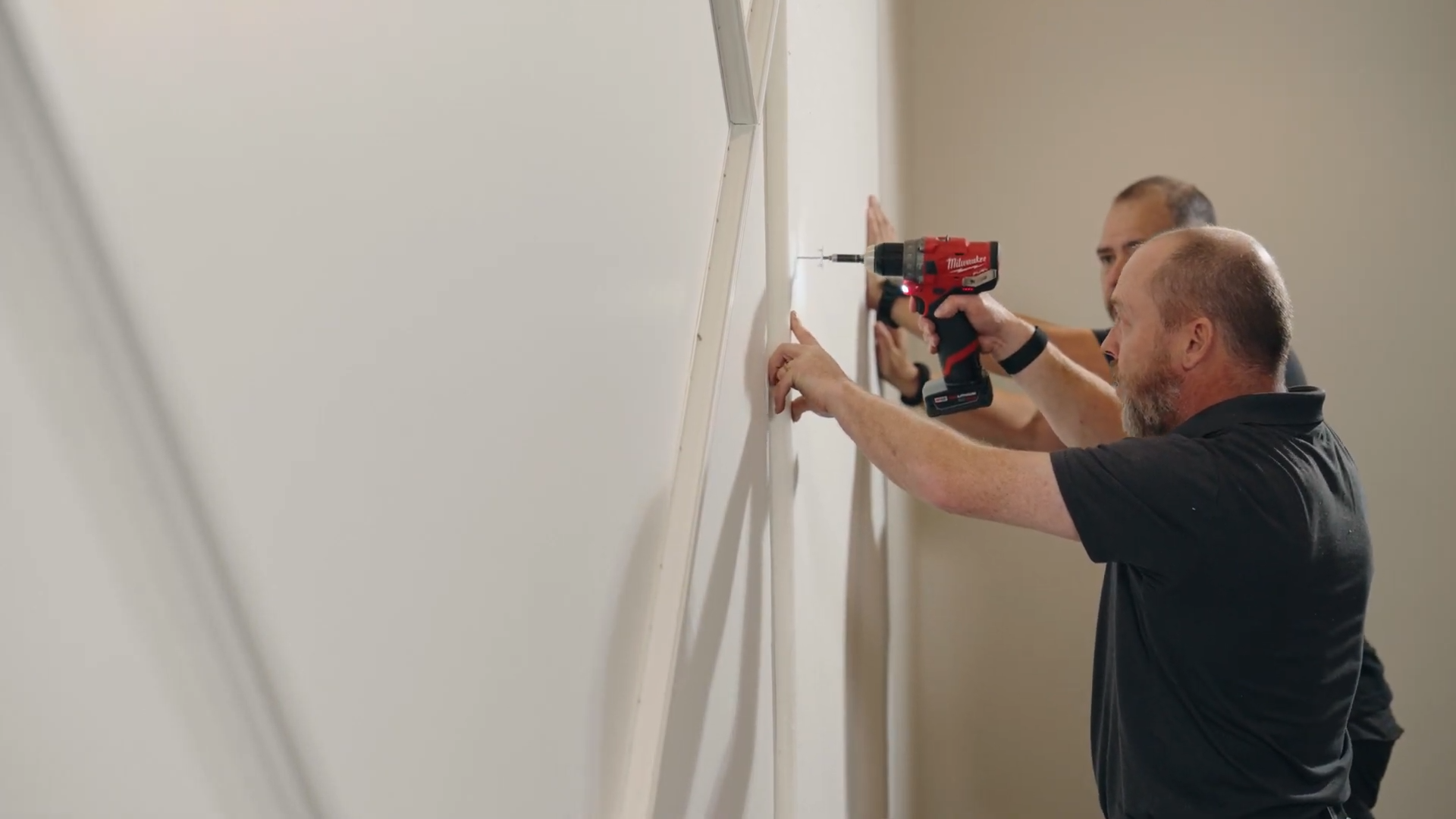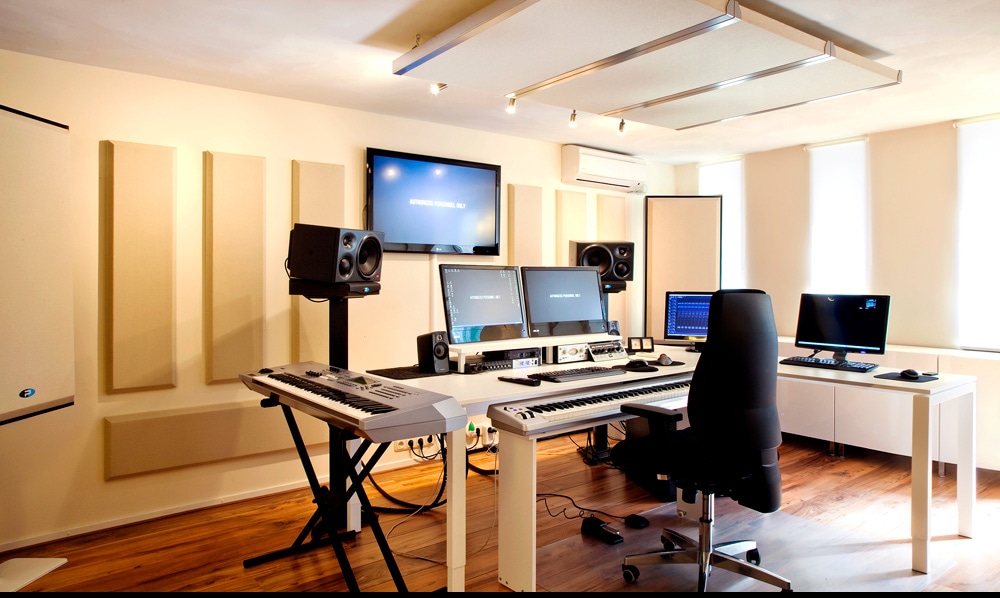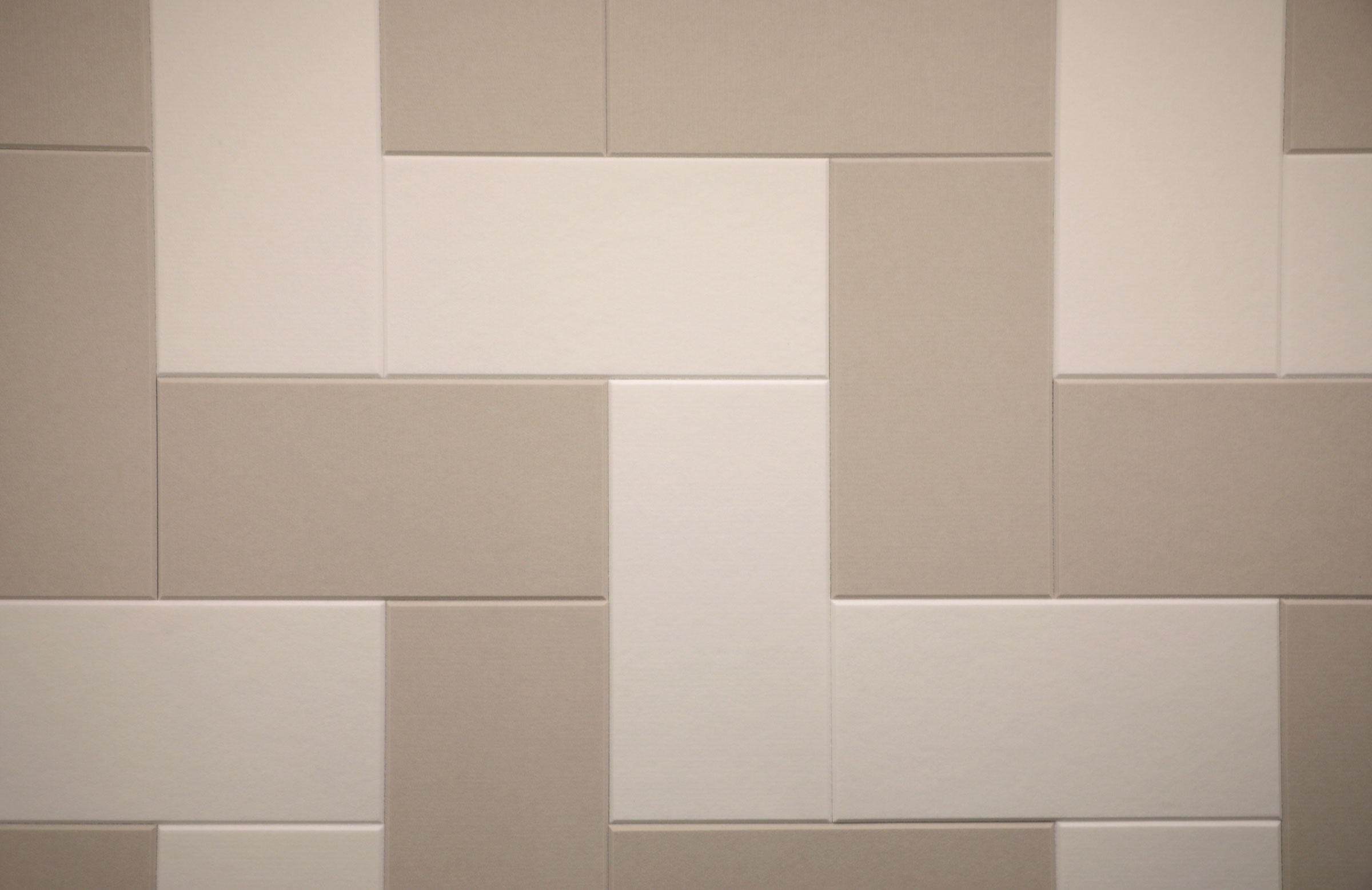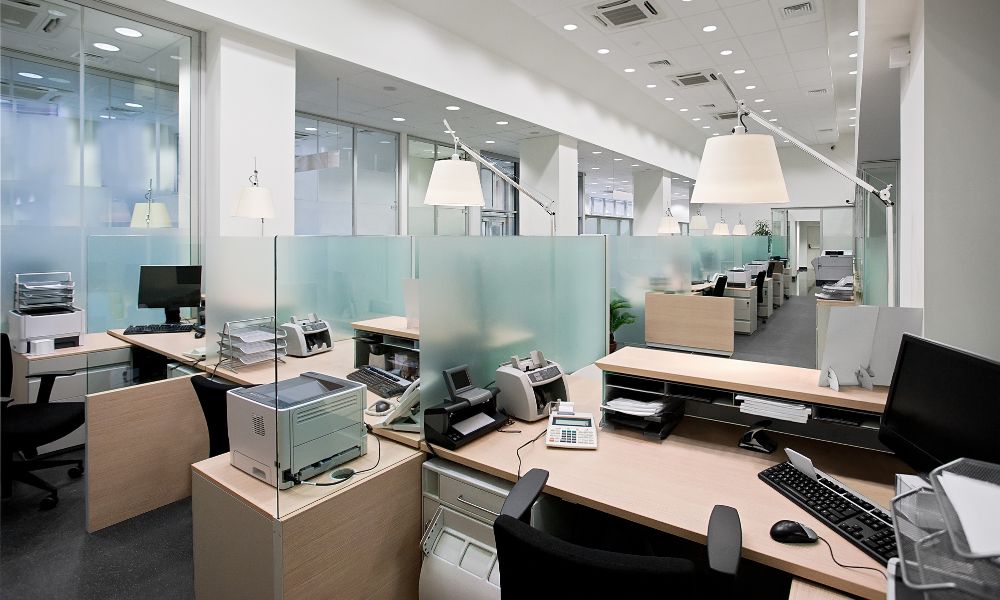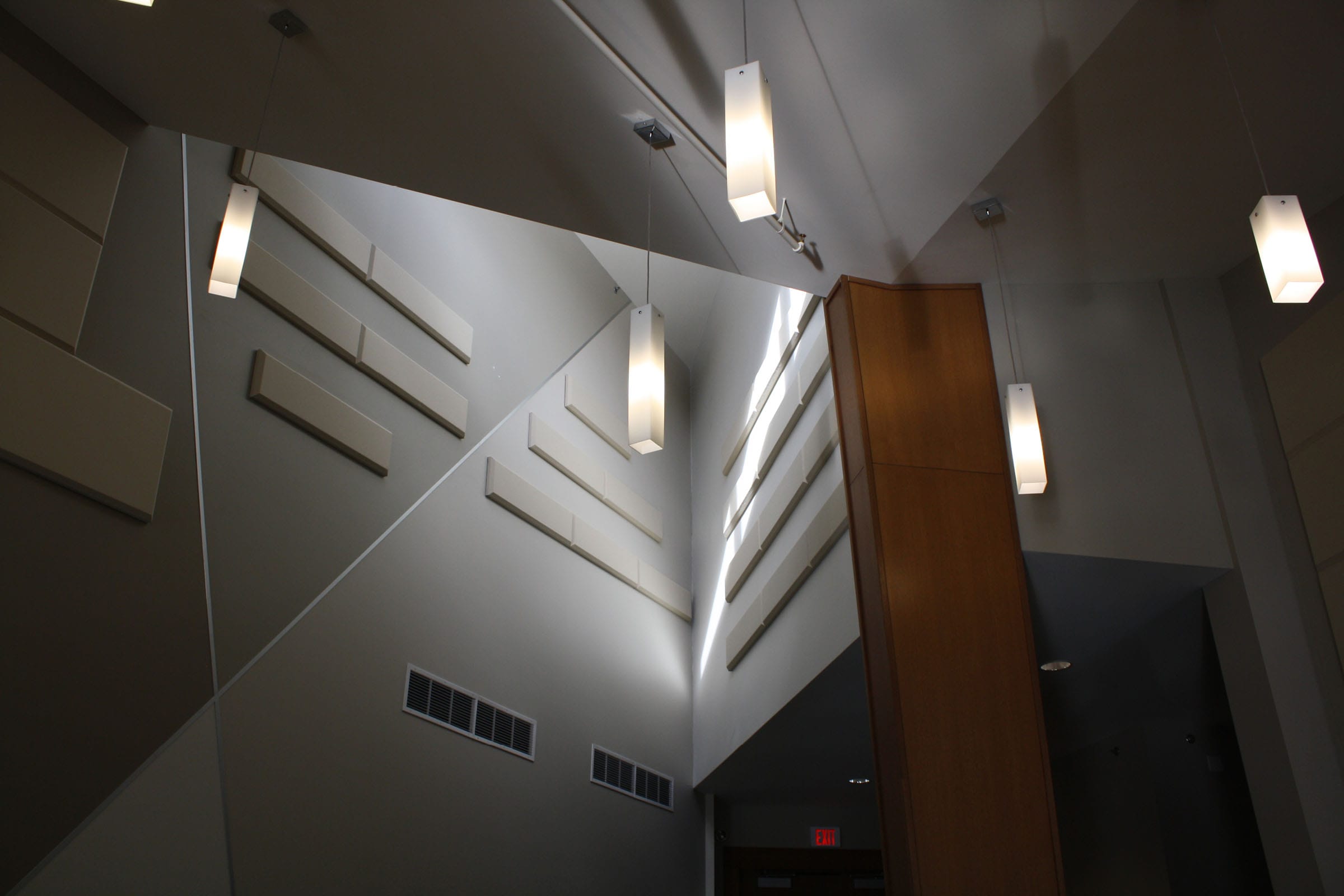Whether this is your hundredth install, or your first time choosing acoustic treatment, we’ve made it easy to find the right solution for any room.
How Many Panels?
As a general rule of thumb, covering 15-25% of the wall surface area with acoustic panels is a good starting point to hear a difference. However, factors such as wall/ceiling surfaces and windows may require a unique approach.
Adding Acoustic Clouds to the ceiling is a great way to add more absorption when wall space is limited. They also have the bonus effect of catching primary and secondary reflections when installed with a gap between the ceiling and the cloud.
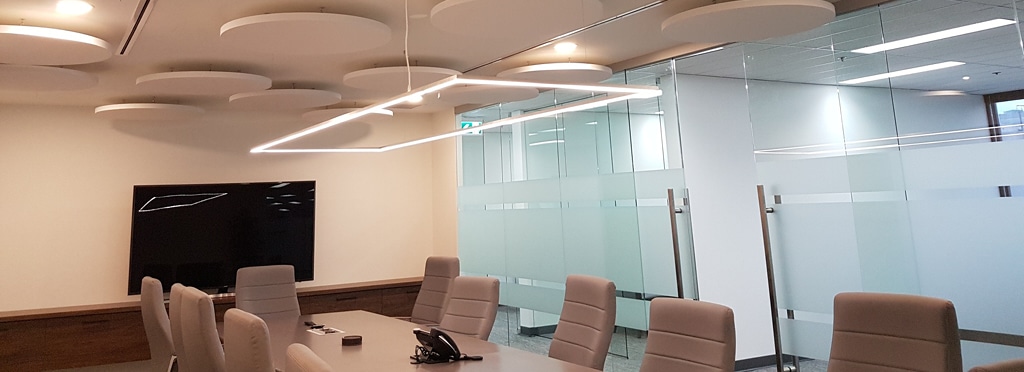
What is the Use of the Room?
Depending on the application of the room, there will be many factors which affect the acoustics and different noise reduction requirements – so different approaches will be necessary. Bear in mind that the different materials that make up the surface of your walls, ceiling and floor, will all have different absorption and reflection properties. There will always be a need to strike a balance between the acoustic and the aesthetic requirements within any space.
- Critical listening environments – Studios, Theatres, Interview rooms etc. (25%+ coverage) will require a higher % coverage of surface area, more specific placement of panels and may need bass traps or diffusion.

- Classrooms, Boardrooms, Gymnasiums or rooms with multiple sources of sound (15-20%) will benefit from an even distribution of panels throughout the space.

- Open Plan Offices (15%-20%) will need treatment that manages the overall din of multiple voices by breaking up sound and creating distinct acoustical zones.

- House of Worship facilities (17-25%) will require some consideration of the type of worship. Consider how much of the service is driven by the sound system (contemporary) vs how much the service is dependent on the natural reverberation in the space (traditional).

- Restaurants (15-20%) will generally require treatment to be kept out of sight, to interfere as little as possible with the look of the space.

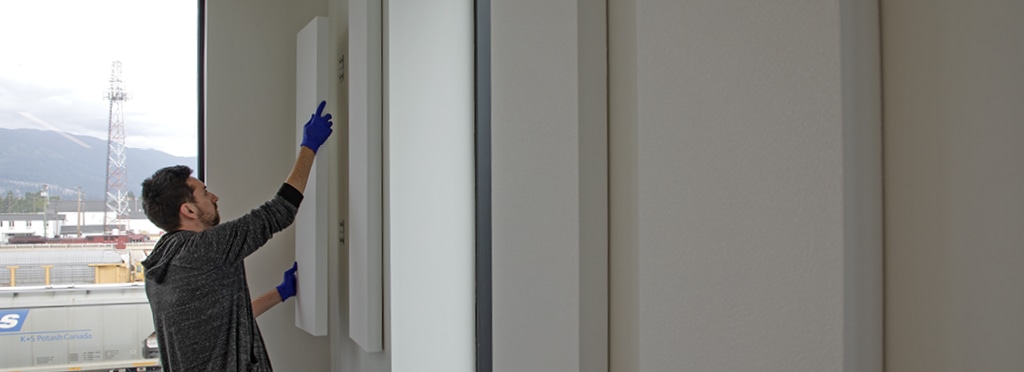
How to Place Panels
Studio Applications
There are many different factors to consider in studio environments, where a precise representation of the recorded sound is critical:
- Place the panels at ear level. Place them so the panel’s centre is as close to ear-height as possible.
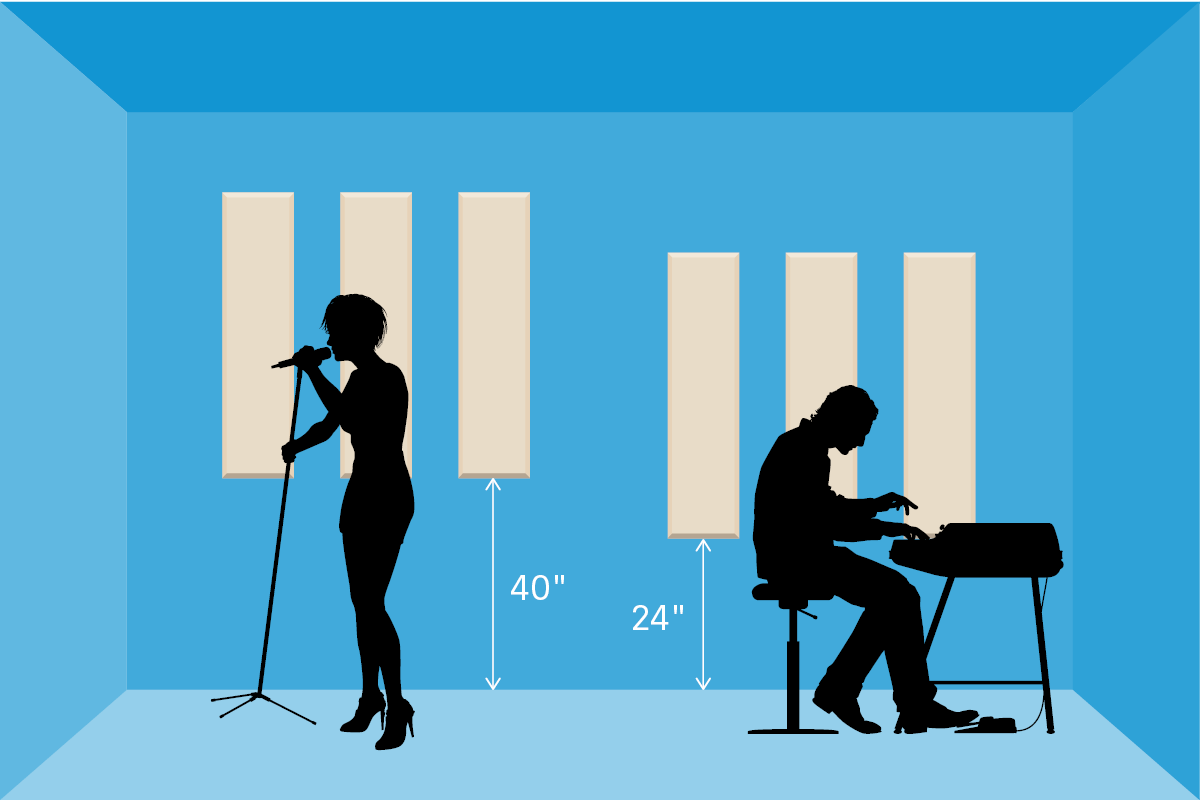
- Avoid sitting in the direct centre of the room. Move the listening position slightly backwards or forwards from the middle of the room, where room modes congregate.
- Think of Stereo Balance. However, do try to keep the listening position equal distance from the left and right walls. This will help create a clearer stereo image.
- Use Natural Diffusion. Odd shaped corners and book shelves provide natural diffusion which can help break up sound waves and reduce modal distortion. Try to place these behind the listening position.
- Use the Mirror Trick. Sound reflects around a room in exactly the same way light does. Thinking about it this way can help you visualize how sound waves move around a space, and where acoustic treatment will be most useful.
- Manage your Bass. Low frequencies tend to accumulate in corners. Placing bass traps there, can help absorb excessive bass, for a less muddy-sounding space.
- Familiarizing yourself with the LEDE (‘Live End, Dead End’) principal will help you make more informed decisions about acoustic treatment, leading to a room where sound is diffused and focused in exactly the ways you need it for mixing.
- Primacoustic’s range of London Room kits are specifically designed to provide the exact range of panels and hardware to treat a variety of studio sizes, all in one convenient package.
Commercial Applications
- A 60/40 wall to ceiling ratio has proven to be very successful in commercial applications.
- Use the PrimaPro Designer App to render your Quote in 3D, making it easier to visualize how sound will travel around the space, and where best to place your panels.
With our apps, there’s no obligation to learn how to calculate acoustic treatment if you don’t want to. However, it’s often useful to know, especially for professionals planning out more complex projects. In the interests of transparency, we also wanted to share the kind of calculations our Instant Quote App is making behind the scenes.
Three Ways to Get Started
Estimating the correct amount of acoustic treatment is actually a relatively simple process:

PrimaPro Calculator
Explore a range of acoustic treatments for your industry, environment and budget.
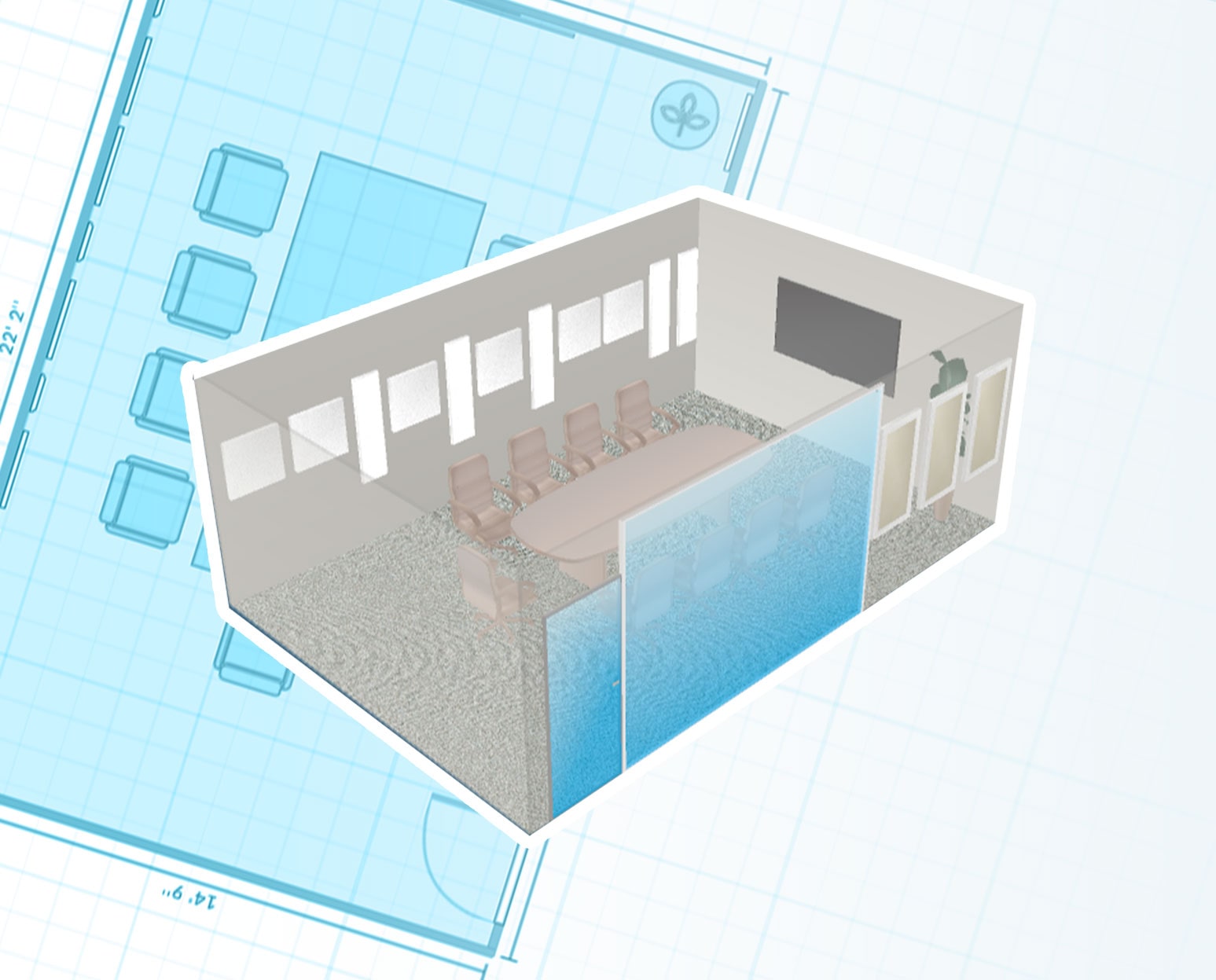
PrimaPro Room Designer
Get a better sense of your space’s needs and the right treatment for excellent sound.

Find a Dealer
Our extensive partner network means there is a knowledable dealer near you to get started
